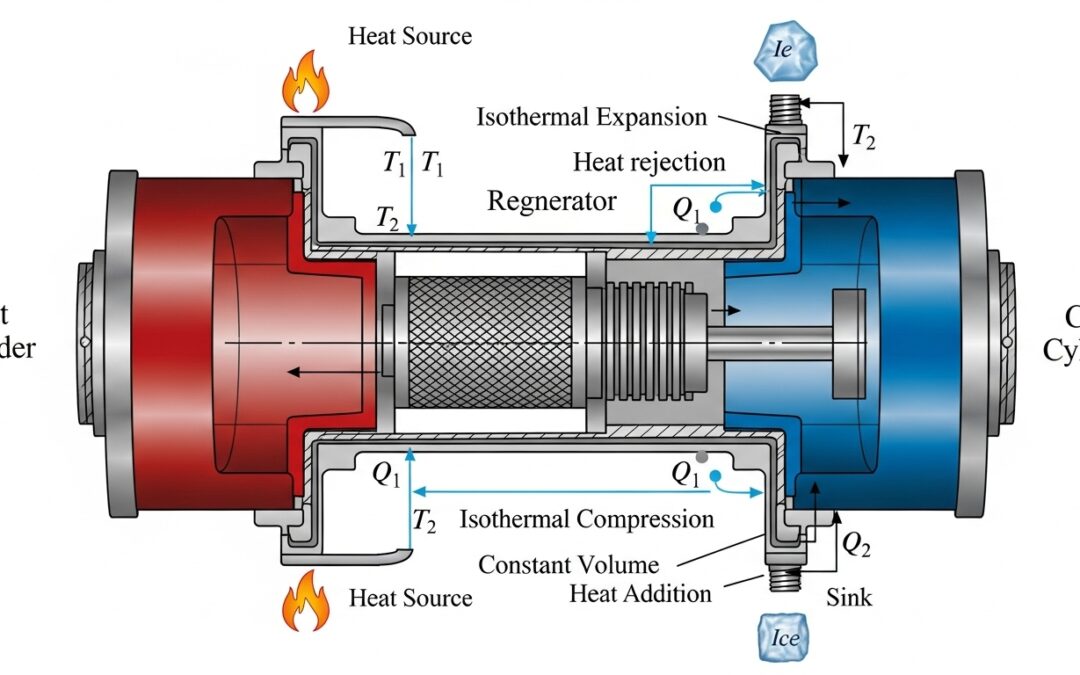The realm of physics offers a treasure trove of intriguing concepts, and IIT JEE magnetism stands out as a particularly captivating area. Magnetism, in all its complexity, plays a crucial role in numerous technological applications, from electric motors to medical imaging. Preparing for the IIT JEE requires a deep understanding of this area.
Table of Contents
- Understanding Magnetic Fields
- Magnetic Field Due to a Straight Wire
- Magnetic Field Due to a Circular Loop
- Force on a Moving Charge in a Magnetic Field
- Magnetic Dipole Moment
- Magnetism in Action: Problem-Solving Strategies
- Key Takeaways
- Similar Problems (with Quick Solutions)
- Extra Practice Problems (for deeper learning)
Read More
In this post, we will tackle some critical numerical problems that are frequently encountered in the IIT JEE (Indian Institutes of Technology Joint Entrance Examination) and other related engineering entrance exams. Mastering these problems is crucial for anyone aspiring to excel in physics. We will analyze the concepts and provide step-by-step solutions, ensuring a solid understanding of the underlying principles.
Understanding Magnetic Fields
The concept of magnetic fields is foundational in electromagnetism. The magnetic field is a vector field that describes the magnetic influence of electric currents and magnetized materials. This influence is measured by the force on moving charges. Magnetic field lines always form closed loops and indicate both magnitude and direction of this influence.
Magnetic Field Due to a Straight Wire
The magnetic field generated by a straight wire carrying current is a fundamental concept. The magnetic field lines form concentric circles around the wire. The magnitude of the magnetic field at a distance ##r## from a long, straight wire carrying current ##I## is given by Ampere’s Law:
###B = \frac{\mu_0 I}{2 \pi r}###
Here, ##\mu_0## is the permeability of free space (##4\pi \times 10^{-7}\, Tm/A##). The direction of the magnetic field is determined using the right-hand rule: if you point your thumb in the direction of the current, your curled fingers show the field’s circular direction.
Example: Consider a long straight wire carrying a current of 5 A. Find the magnetic field at a distance of 0.1 m from the wire.
Solution: Substituting values,
###B = \frac{4\pi \times 10^{-7} \times 5}{2 \pi \times 0.1} = 1 \times 10^{-5} T###
This shows how the field decreases as distance increases. At twice the distance, the magnetic field becomes half.
Magnetic Field Due to a Circular Loop
For a circular current-carrying loop of radius ##R##, the magnetic field at the center is:
###B = \frac{\mu_0 I}{2R}###
Here the direction is perpendicular to the plane of the loop, determined using another right-hand rule: curl your fingers with the current, your thumb points along the field.
Example: A loop of radius 0.2 m carries 2 A current.
Solution:
###B = \frac{4\pi \times 10^{-7} \times 2}{2 \times 0.2} = 6.28 \times 10^{-6}\, T###
Thus, the magnetic field strength depends inversely on loop radius and directly on the current.
Force on a Moving Charge in a Magnetic Field
A moving charge experiences a magnetic force given by:
###F = q(v \times B)###
###|F| = qvB\sin\theta###
Here, ##\theta## is the angle between velocity and the field. This force is always perpendicular to both velocity and magnetic field, hence changes the particle’s direction but not its speed.
Example: A proton (charge ##1.6 \times 10^{-19} C##) moves at ##2 \times 10^6 m/s## perpendicular to a 0.5 T field.
Solution:
###F = (1.6 \times 10^{-19})(2 \times 10^6)(0.5) = 1.6 \times 10^{-13} N###
This small force significantly affects microscopic particles, producing circular or helical motion.
Magnetic Dipole Moment
For a loop, the magnetic dipole moment ##\mu## is:
###\mu = IA###
where ##I## is current and ##A## is loop area. Direction is perpendicular to the loop’s plane using the right-hand rule.
Example: A loop of radius 0.1 m carries 2 A current.
Solution:
###A = \pi r^2 = \pi (0.1)^2 = 0.0314 m^2###
###\mu = IA = 2 \times 0.0314 = 0.0628 Am^2###
Magnetism in Action: Problem-Solving Strategies
When solving IIT JEE magnetism numericals:
- Identify the parameters: current, radius, distance, angle.
- Select the appropriate formula: straight wire, loop, solenoid, etc.
- Substitute values carefully and check unit consistency.
- Pay attention to directions, as vector orientation matters.
Key Takeaways
To excel in magnetism numericals, students must understand:
- Magnetic fields due to wires, loops, solenoids.
- Force on charges moving in fields.
- Magnetic dipole moments.
Consistent practice strengthens problem-solving speed and accuracy.
Similar Problems (with Quick Solutions)
- A straight wire carries 10 A. Find field at 0.05 m.
Solution: ###B = \frac{\mu_0 I}{2\pi r} = 4 \times 10^{-5} T### - A loop radius 0.1 m carries 5 A. Find field at center.
Solution: ###B = \frac{\mu_0 I}{2R} = 3.14 \times 10^{-5} T### - A proton moves at ##10^6 m/s## perpendicular to 0.2 T field. Find force.
Solution: ###F = qvB = 3.2 \times 10^{-13} N### - A rectangular loop (0.2 m × 0.3 m) carries 3 A. Find dipole moment.
Solution: ###A = 0.06 m^2, \mu = 3 \times 0.06 = 0.18 Am^2### - A solenoid of 1000 turns, length 0.5 m, current 2 A. Find field inside.
Solution: ###B = \mu_0 \frac{NI}{L} = 5.03 \times 10^{-3} T###
Extra Practice Problems (for deeper learning)
- Two long parallel wires carry currents 5 A and 7 A in the same direction, 0.1 m apart. Find the force per unit length between them.
- A circular coil of 50 turns, radius 0.05 m, carries 1 A. Find magnetic field at its center.
- An electron enters a region of 0.01 T magnetic field with velocity parallel to the field. What is the force?
- A solenoid 1 m long has 2000 turns and carries 3 A current. Find field inside.
- A loop of area 0.02 m² carrying 4 A current is placed in a 0.3 T field. Find maximum torque on it.
| Concept | Formula | Description |
|---|---|---|
| Magnetic Field (Straight Wire) | ###B = \frac{{\mu_0 I}}{{2 \pi r}}### | Magnetic field strength at a distance from a straight wire. |
| Magnetic Field (Circular Loop) | ###B = \frac{{\mu_0 I}}{{2R}}### | Magnetic field strength at the center of a circular loop. |
| Force on a Moving Charge | ###F = q(v \times B)### | Force experienced by a charge moving in a magnetic field. |
| Magnetic Dipole Moment | ###µ = IA### | Measure of the magnetic strength and orientation of an object. |
We also Published
RESOURCES
- IIT JEE advanced Physics -Magnetic Effects of Current & Magnetism …
- What if I leave magnetism for the JEE? I have a strong grip on …
- Magnetism | IITJEE Advanced Problems – YouTube
- Complete List of Prerequisites for Every Chapter in JEE : r …
- Is electricity and magnetism harder than mechanics for the JEE …
- Magnetism | Physics | JEE Advanced Previous Year Questions …
- IIT JEE Magnetic Field of Earth
- Understanding Physics JEE Main and Advanced Electricity and …
- Magnetism Assignment And Questions – Study Material for IIT JEE …
- Electricity & Magnetism | IIT JEE | Unacademy





0 Comments